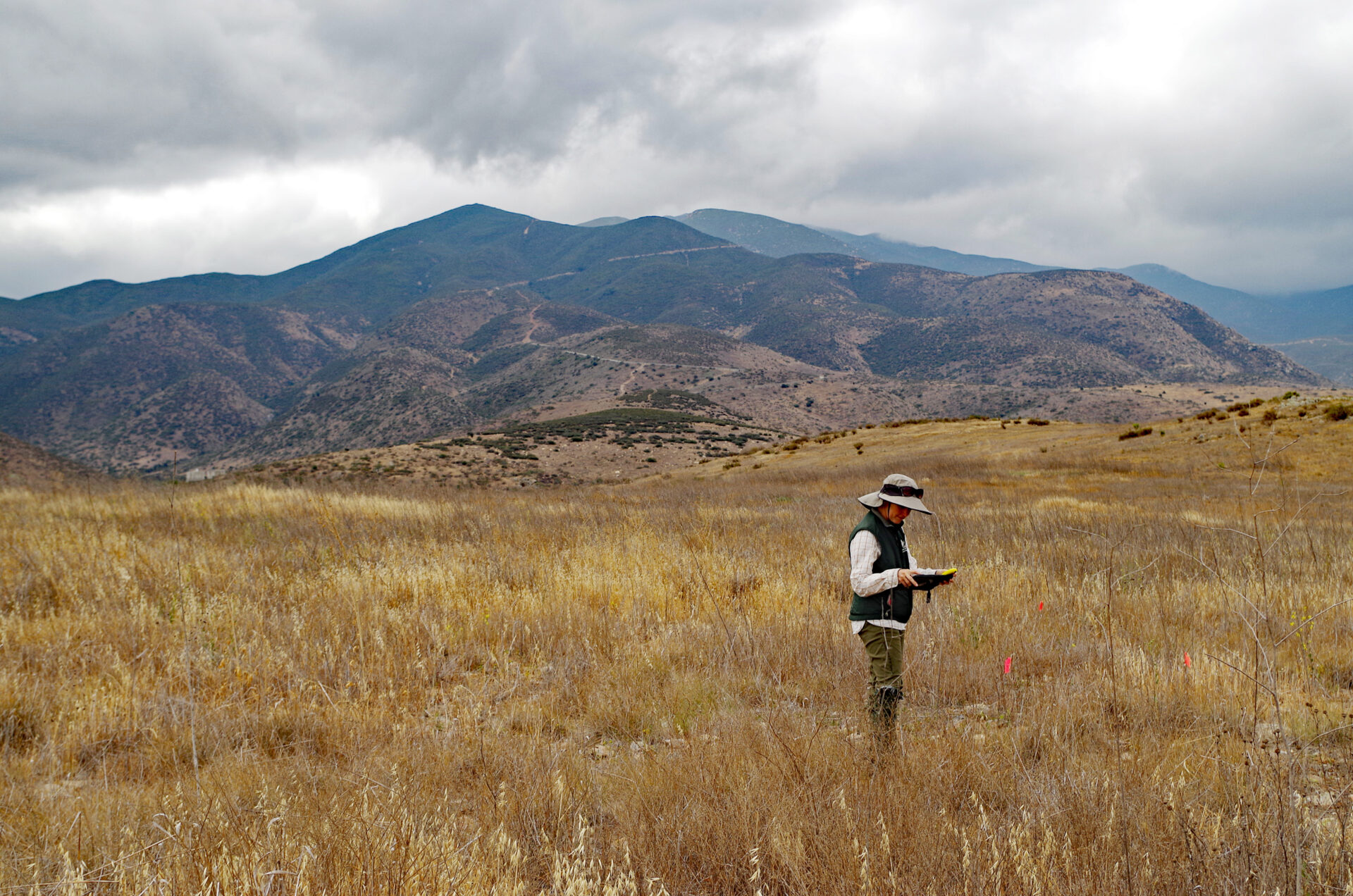Science-based adaptive habitat management plan
CBI led the development of a science-based adaptive habitat management plan for the approximately 3,000-acre Ramona Grasslands Open Space Preserve in central San Diego County. The Ramona Grasslands are a regionally important conservation area, supporting a variety of target resources, including vernal pools and rare vernal pool species, Stephens’ kangaroo rat, wintering and breeding raptors, riparian habitats and arroyo southwestern toads, and native grasslands. The Ramona Grasslands are grazed by cattle, which maintain habitat suitability for some species but adversely affect other natural resources. CBI initially partnered with The Nature Conservancy to develop a Framework Management Plan for the Grasslands, which laid out a scientific basis for implementing management activities, describe experimental manipulations to increase our understanding of the dynamics of the system, and to develop a biological monitoring program to assess changes in resource states.
CBI then worked with the County of San Diego Department of Parks and Recreation and their contractors to develop a detailed description of baseline conditions in the Ramona Grasslands and specific management and monitoring recommendations (Area Specific Management Directives) that were derived from the Framework Management Plan. Development of the management plan was preceded by a 2-year baseline field monitoring program that was coordinated by CBI. The Area Specific Management Directives proposed an adaptive grazing strategy to balance resource needs and optimize habitat quality across the preserve. Monitoring activities proposed by the management plan included surveys of grassland, vernal pool, and riparian plants; characterization of stream channel geomorphology and water quality; and avian, small mammal, amphibian, and fairy shrimp surveys.


